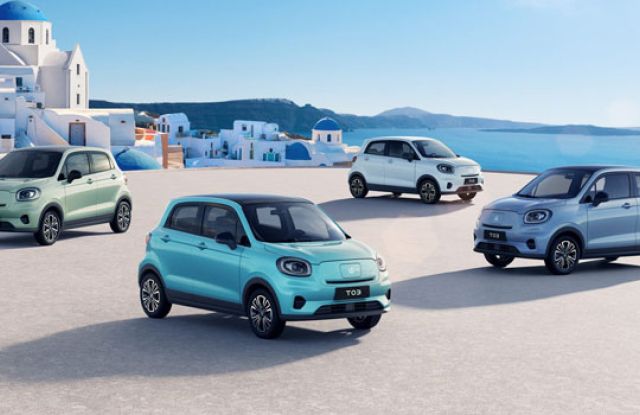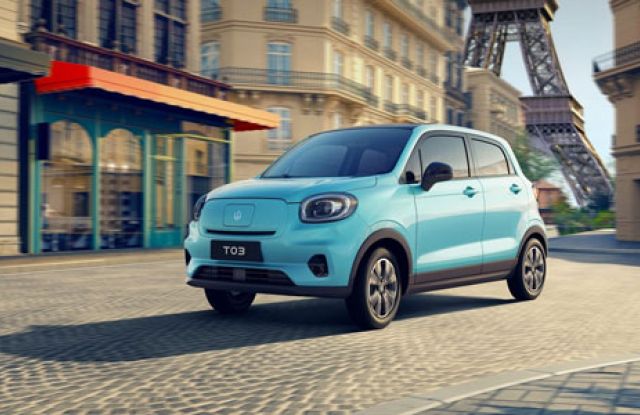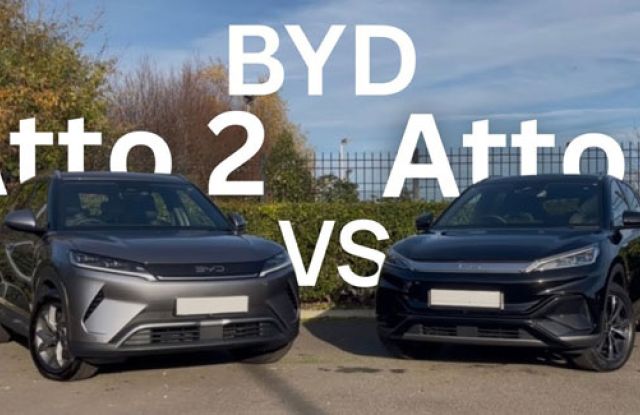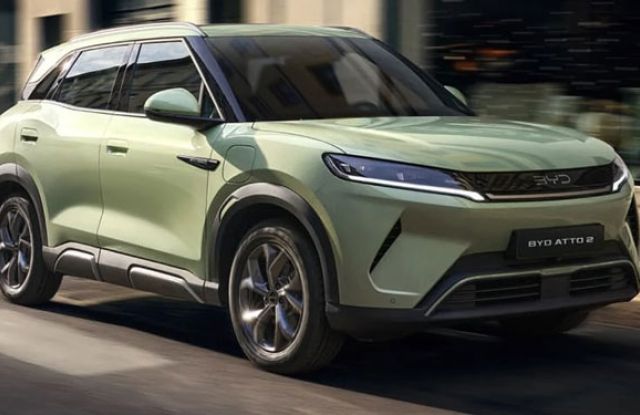In the global automotive market, consumers often compare Mazda and Toyota. Toyota has built a reputation for exceptional reliability and strong resale value. Meanwhile, Mazda wins praise for its stylish designs and innovative technology.
This leads to an important question: does Mazda actually cost more than Toyota? We will examine prices across different global markets to find the answer.

Brand Positioning Differences Between Mazda and Toyota
Toyota has long dominated the market with reliable vehicles that retain their value well. The brand offers an extensive product line that covers everything from economy cars to luxury SUVs.
Mazda has chosen a different approach. It positions itself as a “niche premium” brand that emphasizes design excellence, driving dynamics, and advanced technology. Mazda typically uses more refined interior materials and more dynamic design language.
This strategic difference directly affects their pricing. Mazda usually prices its vehicles higher than comparable Toyota models, particularly for high-end configurations and turbocharged variants.
North American Market Price Comparison
In North America, the 2025 Mazda 3 starts at $23,950 and goes up to $36,950. Buyers can choose between two engines: a 2.5-liter naturally aspirated unit producing 191 horsepower, or a 2.5-liter turbocharged version generating 250 horsepower.
The comparable Toyota Corolla starts at approximately $21,000 in North America, notably less than the Mazda3’s base price. Even accounting for feature differences, the Mazda3 maintains a higher price point.
The Mazda CX-70 ranges from $40,445 to $57,450 in this market. The similar Toyota Highlander starts around $36,420, again positioning below Mazda’s offering.
Asian Market Performance
In Japan, the Mazda2 i Selection begins at 1,777,600 yen, while the SPORT+ model starts at 2,281,400 yen.
Special editions like the CX-5 RETRO SPORTS range from 3,426,500 to 3,976,500 yen (approximately $27,000-$31,000 USD). The CX-30 RETRO SPORTS ranges from 3,166,900 to 3,678,400 yen.
Toyota’s comparable models in Japan typically carry lower prices than Mazda’s special editions. Toyota focuses more on practicality and value than distinctive design.

Cambodian Market Situation
The Cambodian auto market features diverse pricing. Japanese vehicles dominate this market, with new pickup trucks like the Toyota Hilux commanding premium prices.
Chinese-made pickup trucks offer competitive pricing. The BAIC Foton Mars 7 starts at $34,800, while the Mars 9 begins at $44,800. DG Motors in Phnom Penh keeps ample stock of these models for immediate purchase.
The market also offers used pickup trucks like the 2007 Toyota Tacoma, priced between $18,000 and $23,000. New Chinese-brand pickup trucks retail for as little as $24,000, $19,000, and $29,000.
DG Motors Phnom Penh offers two Mazda EZ6 models: the 2024 all-electric 600 Premium ($35,500) and Smart Edition ($34,000).
DG Motors stocks both Toyota and Mazda vehicles alongside other Chinese brands. Customers can review detailed specifications on the DG Motors website, inspect vehicles in person, and arrange test drives.
Product Configuration and Value Analysis
Mazda’s higher pricing reflects substantial value. The brand invests generously in features and technology. The 2025 Mazda3 (except the base 2.5 S model) now includes an AI assistant with voice interaction and remote control, plus online navigation and OTA updates.
Mazda also provides more advanced powertrain options. The 2.5-liter turbocharged engine produces 250 horsepower and 434 N·m of torque, exclusively paired with a 6-speed automatic transmission.
Toyota prioritizes practicality and reliability over cutting-edge technology or powerful performance. While Toyota’s hybrid systems deliver efficiency, they cannot match the power of Mazda’s turbocharged engines.
Global Market Strategy Comparison
Toyota utilizes mass production, global platforms, and standardized components to reduce costs. This approach enables competitive pricing while maintaining healthy profit margins.
Mazda pursues a niche market strategy that targets specific consumer segments. The company invests significantly in design and technology, including Skyactiv technology and rotary engine development. These investments necessarily impact final pricing.
Mazda’s smaller production scale prevents the economies of scale that Toyota enjoys. This results in higher per-unit costs that ultimately transfer to consumers.
Across North America, Asia, and Cambodia, Mazda typically prices its vehicles 10-20% higher than comparable Toyota models. This premium reflects Mazda’s design-focused approach, technology investments, and niche positioning.
Toyota maintains its value advantage through scale and reliability. Mazda delivers superior design, technology, and driving experience.
The final choice depends on consumer priorities: either Toyota’s value and reliability, or Mazda’s design innovation and driving dynamics.
-
Top 5 Reasons to Choose the Leapmotor T03 as Your First Electric Car
-
Leapmotor T03 Review: Price, Range, Interior and Full Specs (2025 Guide)
-
BYD Atto 2 vs Atto 3: Key Differences Buyers Should Know
-
BYD Atto 2 Review: Price, Range, Features and Full Specs (2025 Guide)
-
2025 Xiaomi SU7 ultra Review: Is Xiaomi’s First EV Worth Buying?
-
Top 5 Reasons to Choose the Leapmotor T03 as Your First Electric Car
-
Leapmotor T03 Review: Price, Range, Interior and Full Specs (2025 Guide)
-
BYD Atto 2 vs Atto 3: Key Differences Buyers Should Know
-
BYD Atto 2 Review: Price, Range, Features and Full Specs (2025 Guide)
-
2025 Xiaomi SU7 ultra Review: Is Xiaomi’s First EV Worth Buying?



